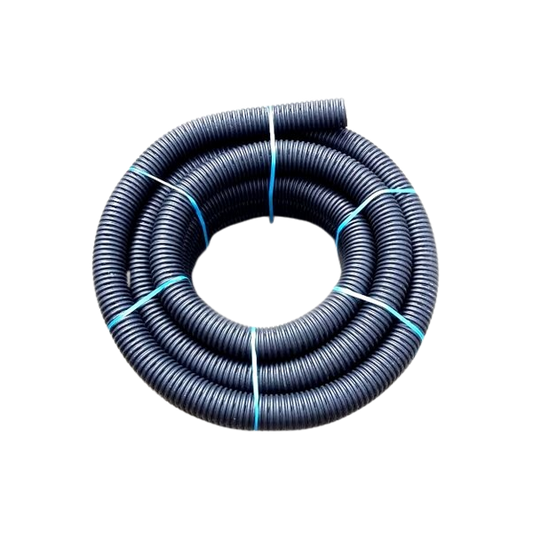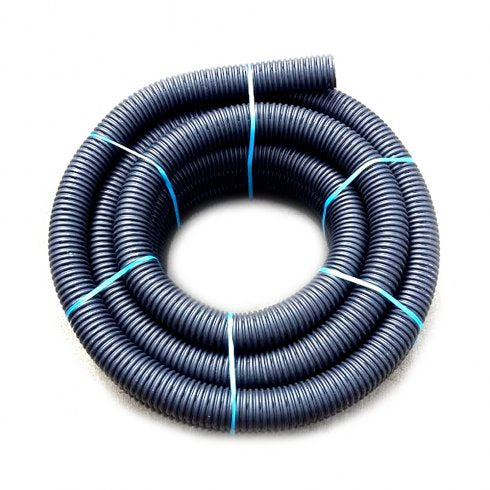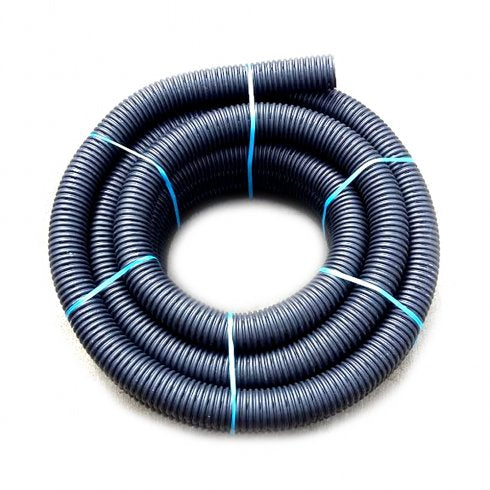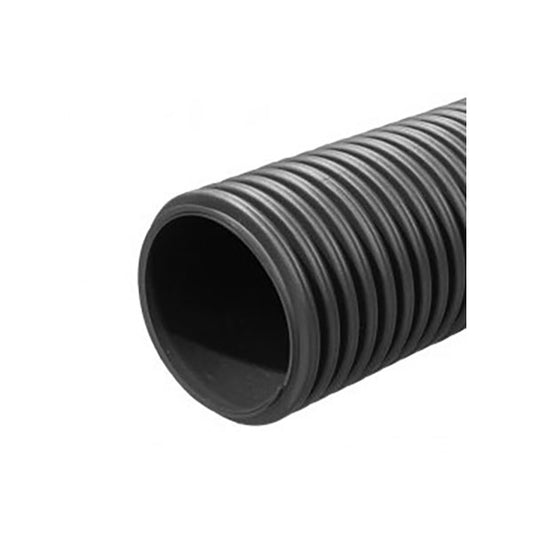With Brexit completed and the Agriculture Bill now passed, it’s clear that the UK farming sector is entering a period of major transformation. But what might that look like in practice?
The Challenge Ahead
With the global population predicted to exceed 9 billion by 2050 — a third of whom are expected to live in urban areas — food security is set to become a growing worldwide issue. Over the next 30 years, farmers and growers must increase production by around 70% from current levels to meet demand, while facing mounting political, environmental, and social pressures.
The industry’s buzzword of the moment — sustainability — continues to gain importance. The UN predicts there may be just 60 harvests left if intensive agriculture continues unchecked, so the drive toward more sustainable farming methods will only accelerate in the years ahead.
Some Food for Thought
- Regenerative Agriculture – One approach gaining traction is Regenerative Agriculture. This focuses on building soil organic matter, maximising crop diversity in rotations, and reintroducing livestock on arable farms. The goal is to improve soil health, resilience, and long-term productivity through holistic management. With the new Agriculture Act rewarding farmers for environmentally beneficial practices, regenerative systems are likely to become more widespread.
- Indoor Vertical & Urban Farming – Growing crops in controlled environments can help boost food production — particularly for leafy greens. By using optimised wavelengths of light (blue and red), these systems can produce higher yields per square metre with reduced pest, weed, and disease pressure. They also cut food miles by locating production in urban areas, bringing the farm closer to the supermarket shelf.
- Automation in Agriculture – Machine telematics, GPS guidance, and automation have already given farmers better insights into cost and efficiency. Stricter chemical legislation and changing weather patterns are driving adoption of smart technology to optimise resources and timing. Automated systems — from precision spraying to livestock health sensors and robotic milking — improve safety, efficiency, and productivity while addressing labour shortages.
Getting the Basics Right
Productive topsoil — though under constant threat from erosion and compaction — remains one of our most valuable natural assets. No matter how advanced farming becomes, effective soil management will always be fundamental.
Ensuring land drainage is working effectively helps prevent crops and grassland from lying in waterlogged conditions. In line with regenerative farming principles, a healthy underground ecosystem begins with proper drainage — supporting better yields, stronger soil structure, and a more sustainable farming future.
Written by guest author: Tim Cotterill — son of our MD and a fourth-generation farmer, studying Farm Business Management at Harper Adams University.
How Can We Help?
At Cotterills, we offer a wide range of land drainage solutions at competitive prices. Call us today for expert advice on 0121 351 3230.
Alternatively, fill out our enquiry form:












